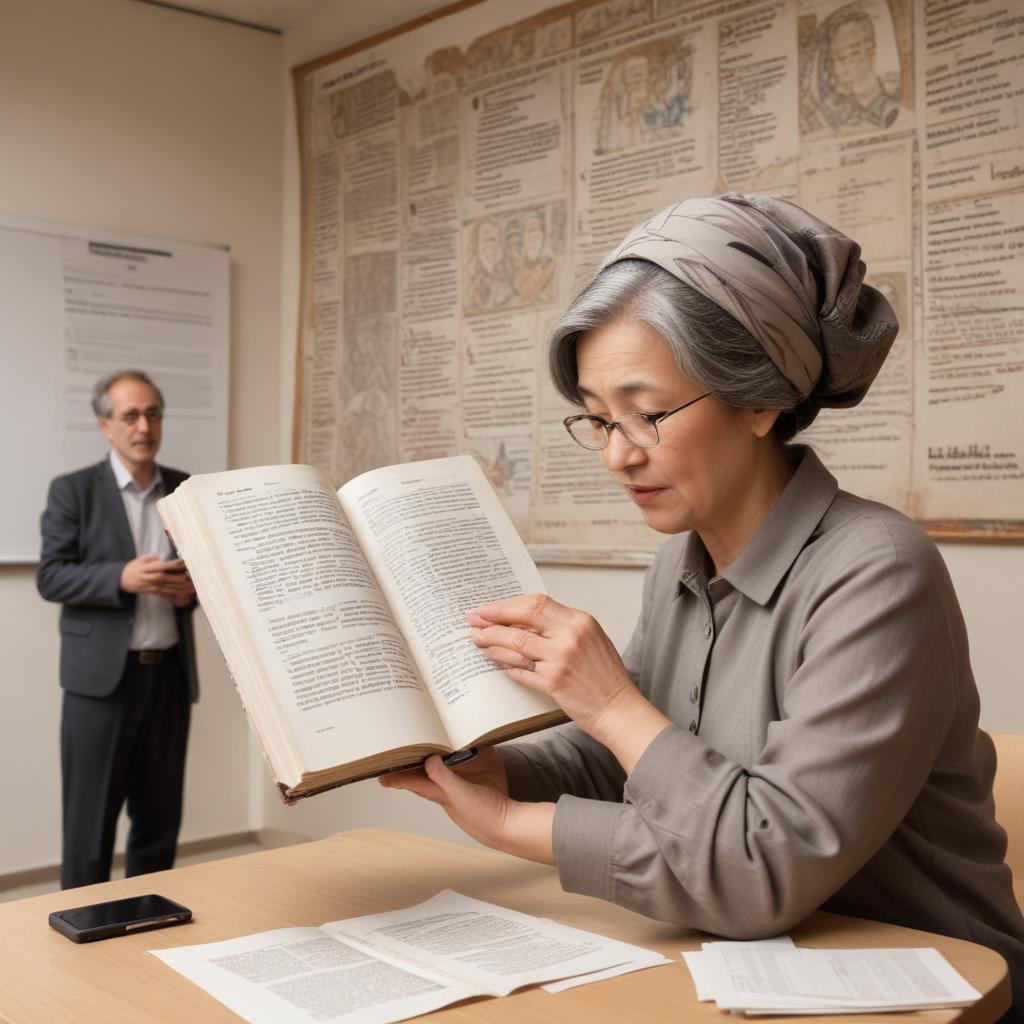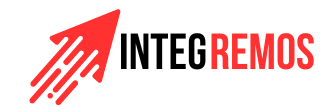Introduction to Übersetzen
What is Übersetzen? Übersetzen which can be translated to mean translation is the conversion of text from one language to another with the meaning, tone, and context still being kept intact. The task of translation is vital in today’s globalized society as it enables social interaction carrying information between and within cultures.
History of Übersetzen
Early Beginnings
Interpreting, in its essence, has been in existence for a long time now, probably starting in the early ear of civilization when scribes used to translate passages from holy scripts as well as diplomatic documents. For instance, a stone known as the Rosetta Stone is one of the earliest translation aiding devices which has the same writing in Greek, Demotic, and Hieroglyphs.
Evolution Over the Centuries
In the process of English to Arabic translation, it is important that one notes the fact that translation has not remained the same over the centuries. Monks used to translate religious texts, which began in the Middle Ages and after the Renaissance, expanded to scientific and philosophical works translation. Another period that can be referred to as the turning point in translation cause was the invention of the printing press in the 15th century.
Types of Übersetzen
Literary Translation
This includes translation of novels, poems, and plays and any other piece of literature. Literary translators should aim at presenting the cultural phenomenon alongside the meaning of words in the source text as well as their style, tone and mood.
Technical Translation
Technical translation involves documents in area of technology and science. Then, critical thinking and exactness from the writer is very important here since one has to give a thoughtful and precise account of the topic being discussed.
Legal Translation
Legal translation is the process of translating legal means in the form of contracts, treaties, and court documents among others. Accuracy is of the essence since any mistake may lead to severe legal consequences.
Medical Translation
Some of the textual material that falls under medical translation include; Medical documents such as patient’s records, medical research and the instructional manual of the pharmaceutical products. It is also required for translators to understand the medical terms and principles.
Localisation
Localisation is the act of aimed at translating and/or modifying the content depending on the target region. This pertains to localization of programmes, products, services, and communications collateral depending on the culture and language preferences of the consumers.
The Übersetzen Process
Understanding the Source Text
The first procedure in translation is known as close reading of the source text. This refers not only to comprehending the text, but also to understanding the situation that the text concerns, the speaker’s attitude towards the subject, and the author’s intention to convey.
Research and Contextual Understanding
Quite frequently, translators may have to engage in research in order to learn more about the environment into which the source text is being translated. This might include expending effort learning the different cultural references, technical words as well as other words unique to the subject.
Drafting the Translation
After the translator is familiar with the text, he starts to translate The actual process of translation is done systematically. Often this is done in phases, a conception phase, which can use what is effectively a text rough sketch that expresses the meaning to be conveyed, followed by a sub-division phase which refines the text.
Review and Proofreading
The last step is to check translated text carefully, in order to exclude mistakes and to have the translation absolutely consistent with the original text and to make the text translated smoothly. This may take a few times round of editing and proofreading and review from other translator or from editor.
Read Also : Перекалач: Master the Art of Traditional Weaving : : clipart:uhdds-7p80g= softball : A Dynamic Sport in Action : : Clip art:1s3xo1dahe8= halloween : : the //vital-mag.net blog
Tools and Technologies in Übersetzen
Traditional Tools
Traditionally, translators relied on dictionaries, thesauruses, and other reference materials to assist in their work.
Modern Software
Today, translators have access to a range of software tools that aid in translation. These include Computer-Assisted Translation (CAT) tools, which help manage and streamline the translation process.
Machine Translation
Machine translation, such as Google Translate, uses algorithms to automatically translate text. While machine translation has improved significantly, it still requires human oversight to ensure accuracy and fluency.
Challenges in Übersetzen
Linguistic Challenges
Many of the problems in translation happen that are associated with differences of languages and their vocabulary. This may include things like vocabulary, twigs of meanings, and idiomatic usages of language which probably does not have a direct translation in the target language.
Cultural Nuances
Another minute and risky factor is that of cultural differences. Culturally sensitive writing is significant in translation since the translators have to be familiar with references, practices, and prohibitive issues of the specific culture to avoid misunderstanding and to make the translation appealing to the targeted people.
Subject-Specific Terminology
Subsections, for example medicine or law, have jargons that translators have to be conversant with. This generally takes time to accomplish and may entail gathering a lot of information.
The Expert Knowledge that is Utterly Necessary to Übersetzen
Language Proficiency
These points simply state that it is equally important for a translator to be proficient in both the so-called source language and target language. This includes both the words but comprehension of language usage and structure, as well as idioms.
Cultural Awareness
Translators should have the knowledge of culture to be able to perform translation taking into consideration the cultural framework of both cultures. This in turn assist in improving the quality of translation as well as deciding the content that is most appropriate to be translated.
Attention to Detail
Regarding the particular aspects of the translation process, it is imperative to state that proper attention should be paid to detail. These minor alterations may cause shifts in meaning that may mislead the readers or have a different impact on them.
Research Skills
It is for this reason that a good research skill is very important in order to establish the background of the STL. This entails using one’s search engine to find out possible meanings of terms, concepts, and cultural symbols that have been unfamiliar before.

what is Übersetzen ?
The Role of a Übersetzer (Translator)
Responsibilities
Do not confuse a translator’s primary occupation with the task that he or she has to perform; his or her main task is to ensure that the meaning expressed in the source text is communicated in the target language. This means retaining the nature of tone, writing style, as well as the circumstances within which the piece of writing being translated was originally written.
Professional Ethics
The translators have their code of ethics that they are supposed to follow and they include; neutrality, discretion and reliability. They should not change the content of the text or bring in personal perceptions into the work.
Quality Assurance in Übersetzen
Peer Reviews
Here one may also note that the messages translated by a particular translator need to be reviewed by other translators as well. This assist in pointing out areas of errors or inconsistencies in the collected information.
Use of Style Guides
They are documents that give recommendations on how to use a language especially in terms of grammar, punctuation, and capitalization. They assist in the controlling of the quality and standard of the translations to be effected.
Feedback Mechanisms
The last type of feedback includes gaining feedback from the clients or persons in the target audience to increase the quality of translations. This can include surveys reviews and direct feedback These are useful for buying and selling products as well as gathering feedback from customers always a plus when marketing.
Career Opportunities in Übersetzen
Freelance Translators
Employed translators are part of a team and mostly serve one company while freelance translators have different employers. Liberated, they appreciate freedom but have to deal with business sides themselves.
In-House Translators
These translators are employed in a particular company or organization translating documents for that specific company. They very often have more secure professions and can be involved in specific fields of the translation practice.
Translation Agencies
Interpreting services are provided to clients by translation agencies. They hire translator and overs e the process of translating, they deal with the clients, and make sure the final work meets the required standards.
The Future of Übersetzen
Trends in Translation Technology
AI and machine learning are some of the modern approaches currently categorizing the translation industry. These technologies are helping the translators to translate the documents in comparatively shorter periods of time and with better efficiency.
AI involves the use of automated algorithms to perform various activities that would otherwise need a human to do them.
Due to the growing developments of AI, it has become pivotal when it comes to translation. It cannot currently step in for human translators, but it may be useful in translation and simple operations.
Human vs. Machine Translation
Though there have been significant improvements in the machine translation there is a need for professional human translation services for accuracy, cultural acceptable, and language flow. While using machine translation is possible for basic translation, text that is sophisticated or has more than one layer of meaning need the help of a human translator.
Case Studies in Übersetzen
Successful Literary Translations
The translations of the literatures cannot be complete without the essence of meaning of the text. Such successes include targeted translations of standard works of world literature and modern novels that are popular at the world level.
Challenges in Technical Translation
Technical translation is cogent in this sense since it comes with several difficulties for instance, handling of terminology. Focusing on the examples taken from the business environment, it is possible to underline the value of expertise and pay much attention to details.
Legal Translation Case Studies
Legal translation is very sensitive, and often, it deals with important matters and issues. This paper illustrates some of the issues and practices concerning the process of translating legal documents.
Tips for Aspiring Übersetzer
Building Language Skills
Aspiring translators should focus on building their language skills through study, practice, and immersion in the target languages.
Networking in the Translation Community
Networking with other translators and joining professional organizations can provide valuable opportunities for learning and career growth.
Continuing Education and Certifications
Continuing education and obtaining certifications can enhance a translator’s skills and credibility. This includes attending workshops, courses, and obtaining recognized certifications.
Common Misconceptions about Übersetzen
Translation vs. Interpretation
Many people confuse translation with interpretation. Translation involves written text, while interpretation deals with spoken language.
Machine Translation Myths
There are misconceptions about machine translation, such as the belief that it can fully replace human translators. While it is a useful tool, human expertise is still necessary for high-quality translations.
Conclusion
In conclusion, Übersetzen is a complex and essential process that requires a deep understanding of languages, cultures, and subject-specific terminology. Despite the advancements in machine translation, human translators remain irreplaceable for their ability to capture the nuances and intricacies of the source text. As the world becomes more interconnected, the importance of translation continues to grow, facilitating communication and understanding across diverse cultures.











